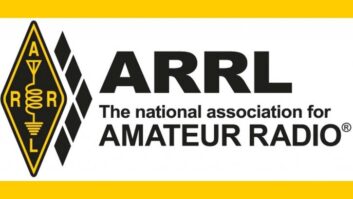Could geo-targeted programming for over-the-air radio broadcasters be on the horizon in the United States?
The Federal Communications Commission is exploring that idea by requesting comments on a requested rule change that would permit broadcasters to air geo-targeted programming — such as advertising, news and alerts — on a voluntary basis.
The request was formally made in March by GeoBroadcast Solutions, a Chicago-based technology company that has been testing the idea for some time. The company says its ZoneCasting technology can use FM boosters to distribute locally targeted content. It says the rule change would be similar to the 2017 FCC decision that allowed TV broadcasters to use the next-gen ATSC 3.0 standard to distribute geo-targeted programming.
According to GeoBroadcast in its petition, “The commission could bring some of these same benefits to the radio industry by permitting radio broadcasters to use single-frequency network technology to provide one of the main consumer and broadcaster benefits inherent in ATSC 3.0: hyperlocal programming, emergency alerting and advertising.”
[Read the 2013 story “ZoneCasting Offers New Techniques in Localized Broadcasting”]
Specifically, the ZoneCasting model uses a single-frequency network to originate programming separately from the booster’s primary FM station. (This technology uses lower-power and lower-height FM transmitters operating on the same frequency and within the service contour as the primary FM station transmitter.) To achieve this, however, the FCC would need to amend part of the FM booster rule that currently requires an FM broadcast booster station to retransmit only the signals of its primary station.
According to GeoBroadcasting, this type of zoned broadcast coverage technology would allow radio broadcasters to provide hyperlocalized content, such as geo-targeted weather, targeted emergency alerts and very localized news. Zoned broadcast coverage also would enable radio broadcasters to air geo-targeted traffic information, second-language programming and local advertisements.
Zoned broadcast coverage could make the medium attractive to new kinds of advertisers, the company argues, allowing radio to reach target audiences much more efficiently. The company pointed to a February 2020 BIA Advisory Services study that found that more than 90% of local retailers indicated that they would spend more on broadcast radio advertising if zoned advertising were available.
Comments on the issue can be left in the ECFS database using proceeding number RM-11854.







